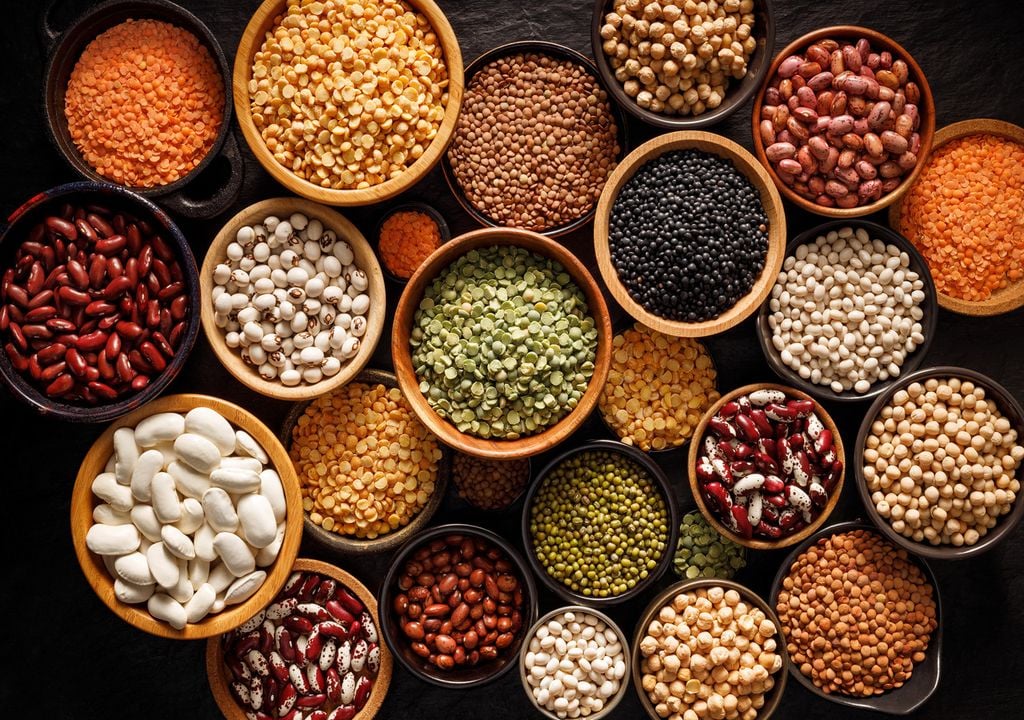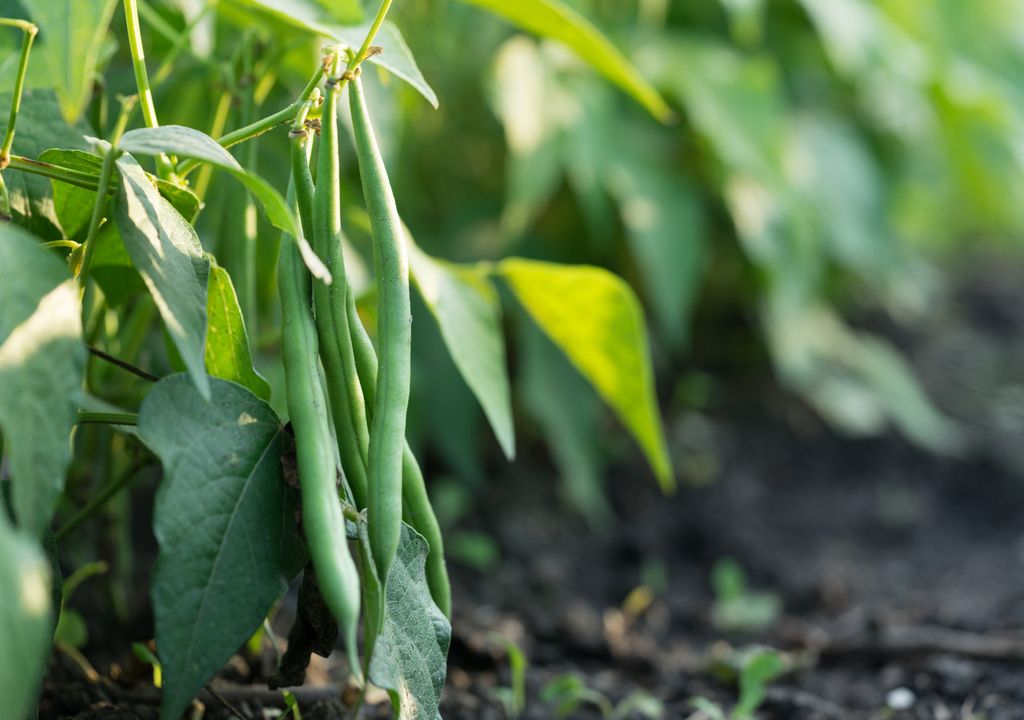The power of pulses on World Pulses Day: benefits of beans, lentils and peas to human health
Small but powerful, beans, lentils and peas not only boost health, but also have multiple benefits for the environment.

Known collectively as legumes and pulses, these foods have the potential to transform agricultural systems and environments, according to the UN’s Food and Agriculture Organization (FAO). Here are four ways they can do this:
1 - They make nutrients available to soils
Pulses improve soil health by providing and moving nutrients such as nitrogen and phosphorus. Pulses obtain more than 60% of their nitrogen from the air. The plants turn it into ammonia, and feed it into the soil, from where other crops can absorb it. This reduces the need for chemical fertilisers.
Phosphorus – which plants need to convert the sun’s energy and help them grow – is also moved by pulses.
Farmers can use pulses to share the micronutrients they provide to the soil with other crops, which boosts the nutritional value to those who eat them. For example, mung beans are planted with rice crops in Bangladesh.
2 - They boost soil biodiversity
Half of the world’s biodiversity lives in the soil. Healthy soils contain earthworms, nematodes, 20-30 species of mites, 50-100 species of insects, hundreds of species of fungi and thousands of species of bacteria and actinomycetes.
These organisms interact with one another, carrying out functions such as cycling nutrients and sequestering carbon in the soil. Healthy soil biodiversity helps it to suppress disease.
Pulses support these functions by increasing the amount and diversity of microfauna in soil, increasing the activity of the organisms that live in it.
Pulses can also be rotated with other crops to help to curb and control pests and diseases, meaning that farmers can reduce the amount of chemicals which result in environmental degradation.

3 - They enhance soil structure
The structure of soil is important to the health of crops. If it is good, it helps it improve the water-holding capacity and aeration of the soil, both of which help plants grow.
If the soil is crumbly and porous with well-distributed roots, there is good soil structure. However, if it is tough to pull apart, its structure may be poor. Pulses have deep root systems and grow for a long time, which improves soil structure.
4 - They help to tackle climate change
Pulses can help reduce the need for chemical fertilisers, which are sources of greenhouse gas emissions. They also increase root development, boosting carbon sequestration and contributing to climate change mitigation.
Pulses have a broad range of genetic diversity, so certain varieties that are more climate-resilient can be selected or bred. In addition, they can be grown alongside cereal-based crops such as maize and sorghum so that agricultural fields are better adapted to drought.








